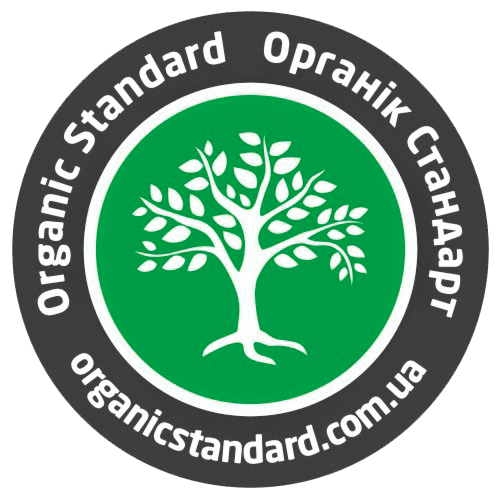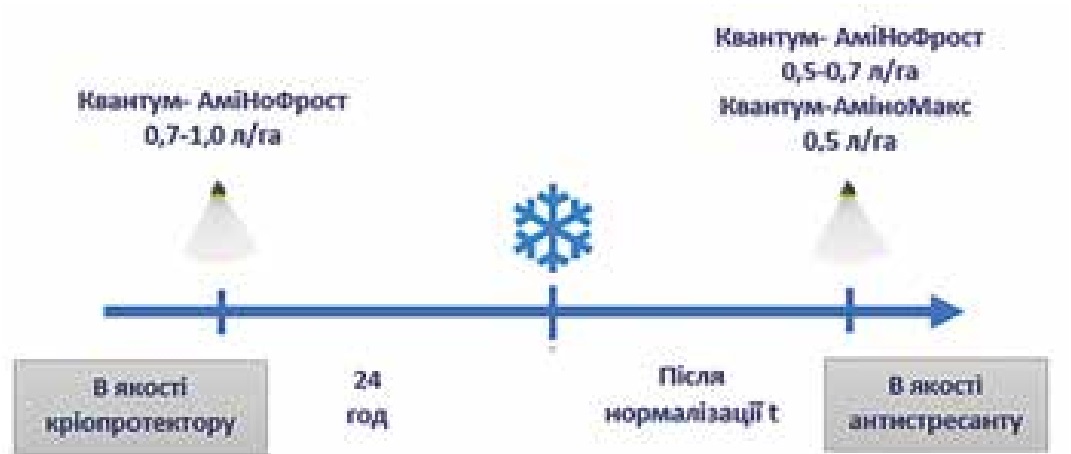



The comprehensive anti-stress product is used to increase plant resistance to damage from low temperatures. It is employed as a cryoprotectant before potential freezing events, to alleviate stress and restore active vegetation.
Quantum AminoFrost contains several groups of cryoprotective and stimulating components:

